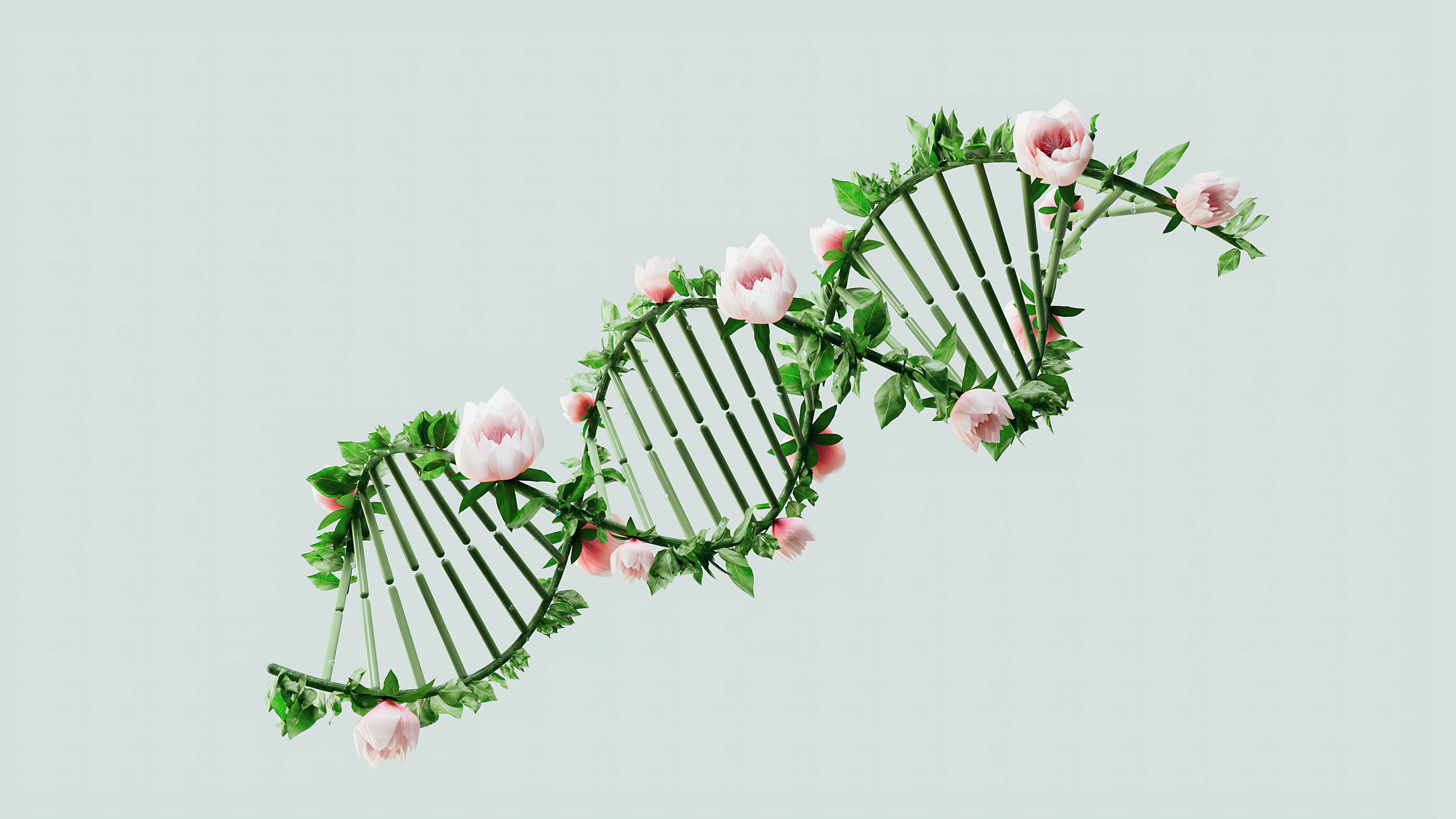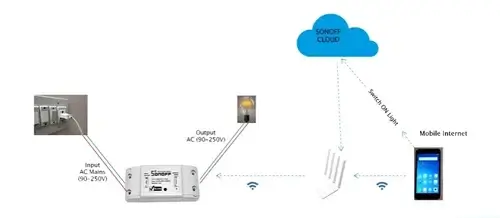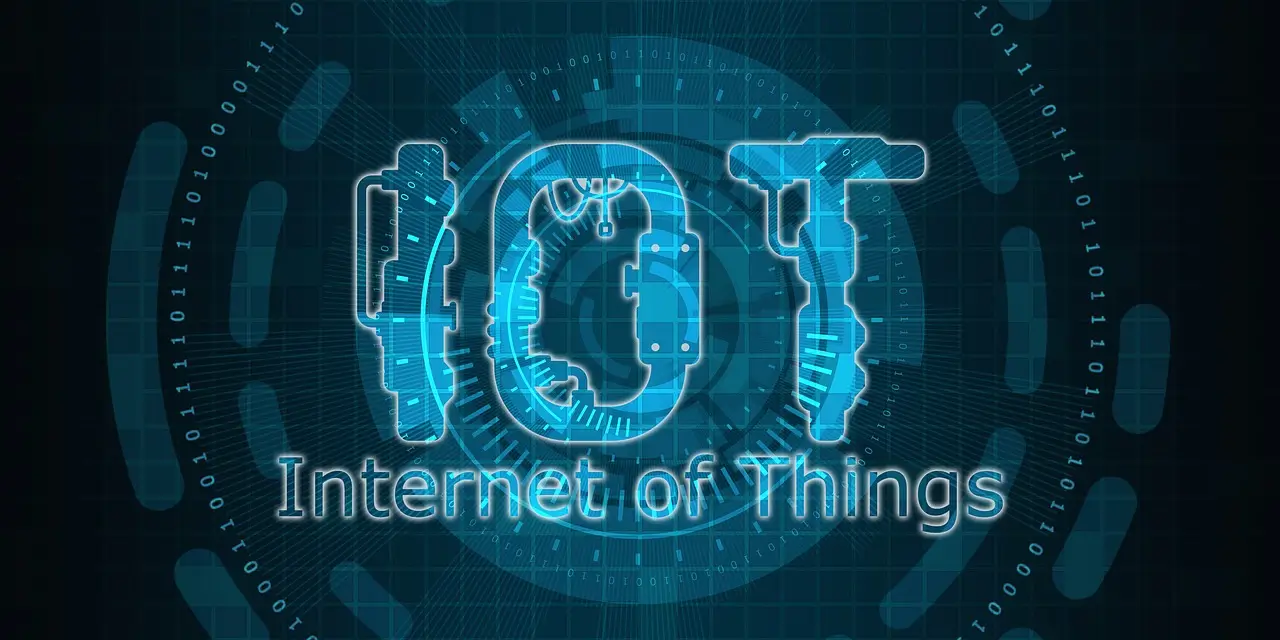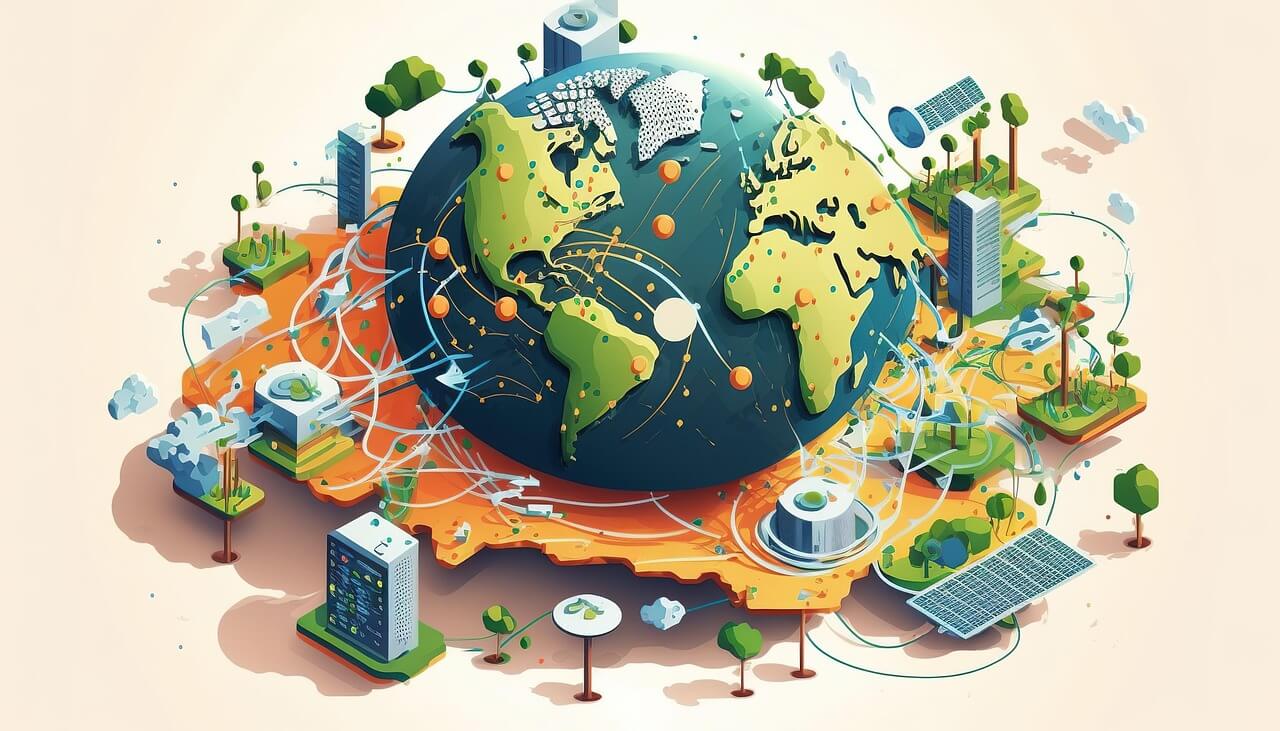Imagine being able to peek inside a factory, a wind turbine, or even an entire city — without ever setting foot there. You could see how machines are performing, predict when something might break, and even test improvements before applying them in real life. Sounds futuristic, right?
That’s the power of Digital Twins, and when combined with IoT, they’re quietly reshaping how industries operate.
What Is a Digital Twin, Really?
A digital twin is a virtual copy of a physical object, system, or process. It mirrors what’s happening in the real world by using data collected from IoT sensors.
For example, sensors on a jet engine constantly send information about temperature, pressure, and performance to a digital twin. Engineers can then study this twin in real time — tweaking, testing, and predicting outcomes — all without touching the actual engine.
It’s like having a live simulation that learns and evolves along with the real thing.
The Magic of Pairing Digital Twins with IoT
On their own, IoT devices collect a ton of data. But when that data flows into a digital twin, it becomes something powerful — contextual and actionable.
- IoT collects the data: Sensors gather real-time information about temperature, vibration, speed, or any other metric.
- The digital twin interprets it: Algorithms use this data to replicate the real-world system virtually.
- Humans make better decisions: Engineers, operators, and managers use insights from the twin to predict issues or optimize performance.
The result? Smarter operations, less downtime, and far better planning.
Real-World Examples You’ll Love
- Manufacturing: Car companies use digital twins to monitor assembly lines and predict when machinery needs servicing. This cuts down on unexpected breakdowns and production delays.
- Smart Cities: Urban planners create digital twins of entire neighborhoods. These twins simulate traffic flow, energy use, and waste management to improve city living.
- Healthcare: Digital twins of organs and devices help doctors understand how treatments might work for a specific patient — safely and virtually.
- Energy: Wind farms rely on digital twins to predict maintenance needs and improve efficiency, saving both time and money.
Why Businesses Are Betting Big on It
The appeal is simple: better data means better decisions. Digital twins allow companies to:
- Predict failures before they happen
- Reduce costs on repairs and maintenance
- Speed up innovation through virtual testing
- Make sustainability a real part of their strategy
It’s why industries from aerospace to retail are rapidly investing in twin technology — it turns information into foresight.
The Challenges Ahead
Of course, there are hurdles. Setting up digital twins requires a lot of accurate data, computing power, and skilled people to interpret results. Data privacy and integration between different systems can also get tricky.
But as AI and cloud technologies improve, these barriers are coming down fast. Soon, digital twins won’t just be for big corporations — they’ll shape everyday industries, from logistics to healthcare.
The Future of IoT and Digital Twins
We’re moving toward a world where every connected thing could have a digital counterpart. Imagine your home energy system running a digital twin that learns your habits, or smart farms that predict the best planting times using virtual soil models.
When IoT and digital twins work together, they create something remarkable — a bridge between the physical and digital worlds that never stops learning.
The real revolution isn’t in the devices themselves, but in how they help us see, plan, and improve the world around us.




